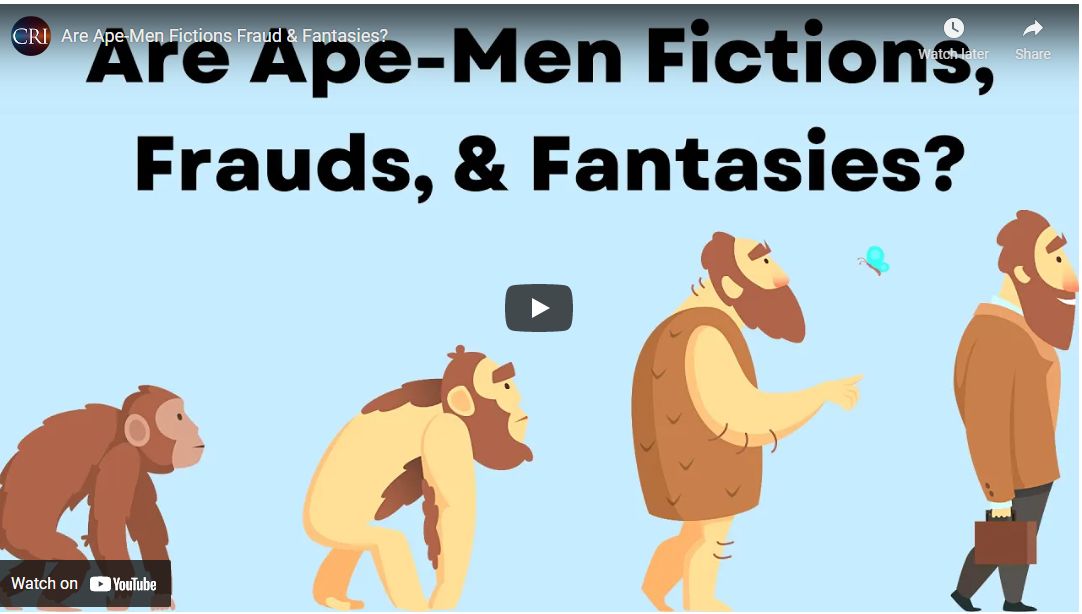Hank notes that Pithecanthropus erectus and Peking man are prime exemplars of ape-men. First and perhaps best known among the ape-men icons is Pithecanthropus erectus. What is not as well known is that this fictional transitional form* between apes and humans is based on nothing more than a skullcap, femur, three teeth, and a fertile imagination. Darwin protégé Sir Arthur Keith pointed to Pithecanthropus as an example of evolving gullibility in his profession. Nonetheless, Harvard’s Richard Lewontin said Pithecanthropus erectus, pet-named Java man, ought to be taught as one of the “five facts of evolution.” Peking man is pure fantasy—wish giving birth to reality. Peking man was fabricated on the basis of a dusty old tooth discovered by Dr. Davidson Black as he was about to run out of funds for his evolutionary explorations. The Rockefeller Foundation awarded Black a generous grant so he could keep on digging. While Peking man evolved over time into an interesting collection of fossils, it is hardly a credible ape-to-man transition. In 2009, Dariwinius masillae, affectionately nicknamed “Ida,” was dubbed the “eighth wonder of the world”—the link between humans and the rest of the animal kingdom—and the most important fossil discovery in 47 million years. Currently, however, evolutionary scientists are uniformly convinced that Ida plays no role whatsoever in human evolution.
Are Ape-Men Fictions Fraud & Fantasies?
Updated:
Aug 5, 2022
•
Published:
Aug 5, 2022
